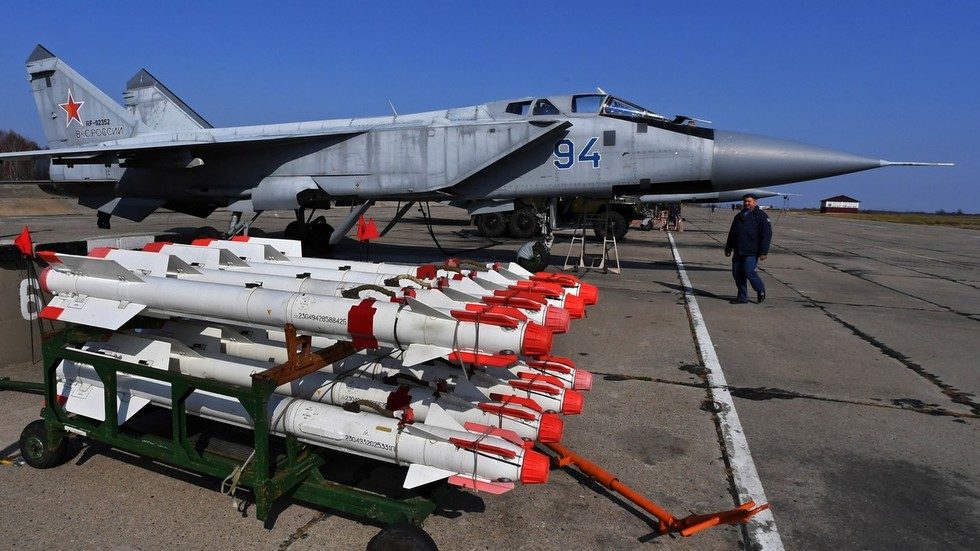
A draft government decree prepared by the Russian military would change the rules of engagement for aircraft violating the border, which were last reviewed in 1994. The old document explicitly bans an attack on a plane, if it's known to have passengers or hostages on board.
The new document, which passed the stage of public feedback this week, would eliminate the ban and allow taking down aircraft that pose a credible threat to lives or a major environmental disaster and streamlines the procedure for how such use of lethal force can be obtained and implemented.
The change, however, is purely technical since the Russian military are already authorized to use lethal force against civilian aircraft, which was given under the current anti-terrorism legislation. In this regard, Russia is no different from many other nations, which learned all too well in September 2001 that a passenger airliner may serve as a most-lethal weapon if directed at a high-value target. The new decree, which is expected to come into force in February, is meant to eliminate the discrepancy between different parts of the Russian law.
Russia has its own painful history with civilian aircraft violating its border. In 1983, a Korean Airline passenger plane was shot down by the military after straying into Soviet airspace due to pilot negligence. The military commander, who authorized the shoot-down, was acting on a presumption that the plane was a US Boeing RC-135 spy plane collecting intelligence on military bases and that the crew was ignoring commands and warning shots on purpose.
The incident became one of the defining moments of the Cold War, happening during a period of heightened tensions between the two ideological camps. It also had a chilling effect on the Soviet military, which four years later contributed to the success of a feat by German amateur pilot Mathias Rust, who flew his small plane all the way to the Red Square and landed it on one of Moscow's bridges, pretty much unchallenged by air defenses.



Comment: Russia has proven that it likes to do things by the book, and, in this instance, the book needed updating to reflect our dire times. This makes sense considering how nefarious groups have used passenger aircraft on a number of occasions:
- Ultra-terrestrials and 9/11
- Was an 'exotic energy weapon' used to down Russian plane in Sinai?
- Why is Russia Being Blamed For The Downing of Flight MH17 - Again?
- UK: The Lockerbie Bomber I Know
- 9/11 'cancer on steroids': 10,000 related cases including men with breast cancer
Also check out SOTT radio's:Behind the Headlines: No Ordinary Inside Job - The 9/11 Psy-Ops